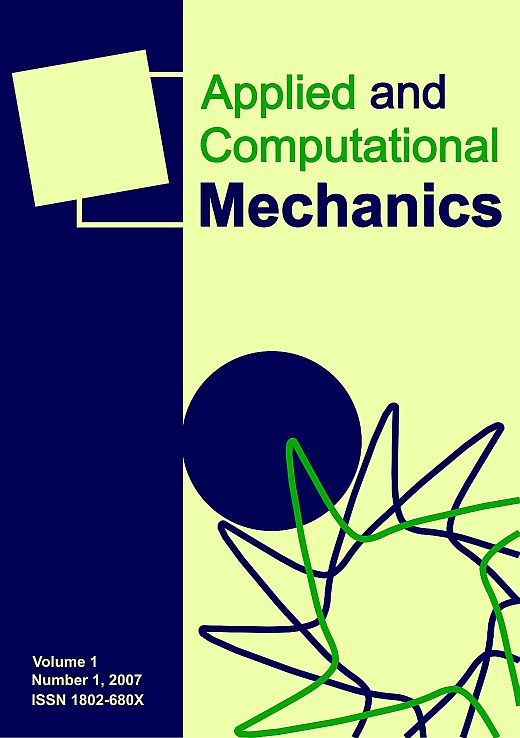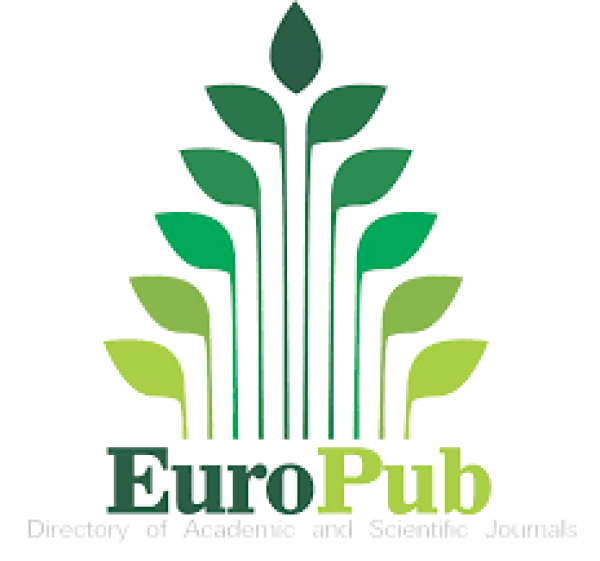Biomechanical study of the bone tissue with dental implants interaction
Keywords:
dental implant, trabecular bone, finite elements method, stress and strain analysis, modeling levelAbstract
The article deals with the stress-strain analysis of human mandible in the physiological state and after the dental implant application. The evaluation is focused on assessing of the cancellous bone tissue modeling-level. Three cancellous bone model-types are assessed: Non-trabecular model with homogenous isotropic material, nontrabecular model with inhomogeneous material obtained from computer tomography data using CT Data Analysis software, and trabecular model built from mandible section image. Computational modeling was chosen as the most suitable solution method and the solution on two-dimensional level was carried out. The results show that strain is more preferable value than stress in case of evaluation of mechanical response in cancellous bone. The non-trabecular model with CT-obtained material model is not acceptable for stress-strain analysis of the cancellous bone for singularities occurring on interfaces of regions with different values of modulus of elasticity.Downloads
Published
30-Dec-2011
Issue
Section
Articles
License
Copyright (c) 2016 Applied and Computational Mechanics

This work is licensed under a Creative Commons Attribution 4.0 International License.
How to Cite
[1]
P. Marcián, L. Borák, Z. Florian, S. Bartáková, O. Konečný, and P. Navrátil, “Biomechanical study of the bone tissue with dental implants interaction”, APPL COMPUT MECH, vol. 5, no. 2, Dec. 2011, Accessed: Dec. 25, 2025. [Online]. Available: https://acm.kme.zcu.cz//article/view/133







